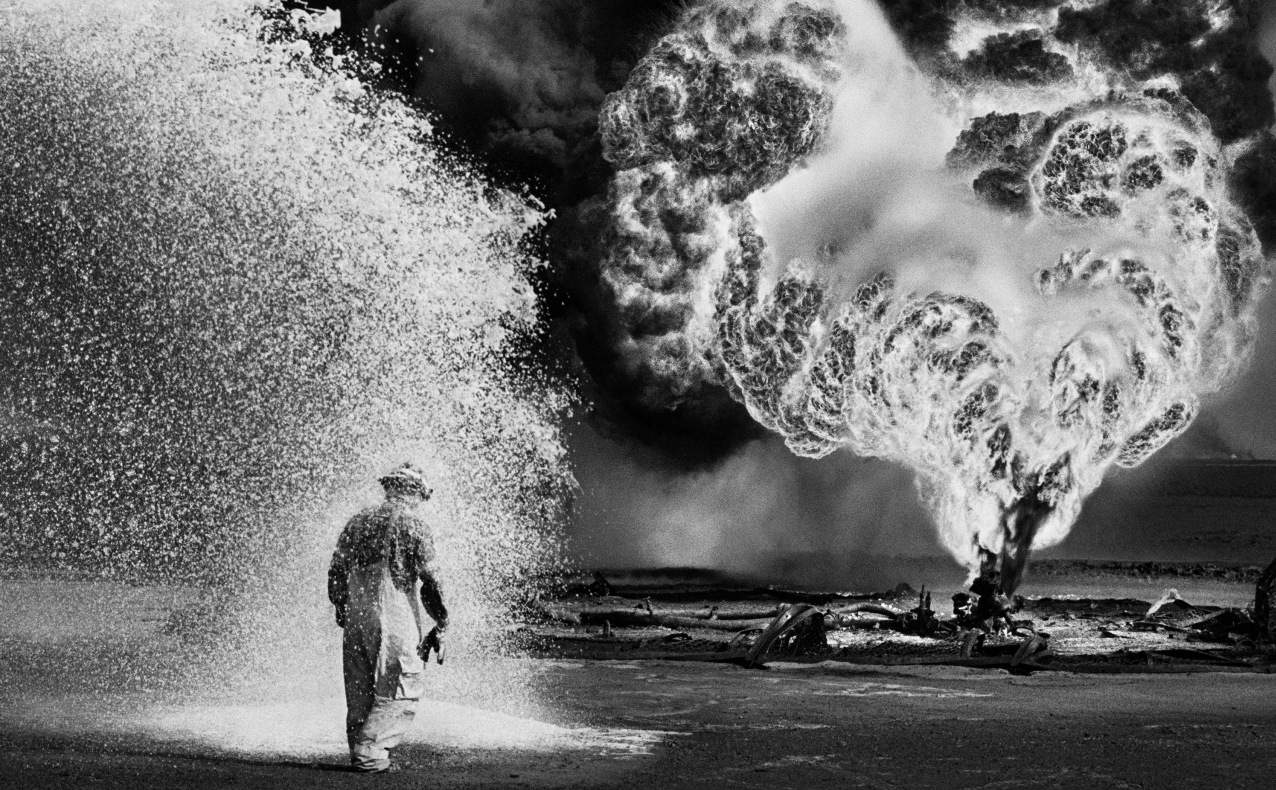Salt of the Earth
A stark, Oscar-nominated documentary about the life of photographer Sebastião Salgado.
In partnership with
Overview
The screen lights up in black and white and the happy hum of an audience quietens down exponentially, the faint echoes of popcorn still being chewed and wine glasses being accidentally clinked against some dark bundles below deck deaden. Were it not for the gentle voice of Sebastião Salgado, the room would be a vacuum of sound.
This is how the audience stays for 110 minutes.
Which is surprising considering the format of the film: an interview with photographer Salgado intercut with black and white photographs taken from his 40-year career and a few home videos. Very bland, in theory. Nevertheless, Wim Wenders' Oscar-nominated documentary about the life of the renowned photographer is nothing short of a very intense, very stark journey through the life of an observer who covered continents and recorded his own story through pictures of the faces of others.
Much of this is due to Salgado's acute, piercing style of photography. Each photograph relentlessly compels you to look; each feels like a synecdoche of humanity. "When you photograph someone it's not just what you take, but what they offer you." Salgado said to explain how he managed to capture on film every subject's individuality, humanity even. His photographs made them important, seen, as Susan Sontag would say.
For much of his career, Salgado's fascination was with laymen, those who were powerless and those who lived isolated from society - Rwandan refugees, hermit communities in the Andes, firefighters and bridge builders. Salgado was a relentless observer of gritty human life, even photographing the most inevitable, and ignored, part of it - death. While in a poorer area of Brazil, Salgado found communities where coffins were rented from hybrid fruit stores, here he photographed the dead.
After his time in Brazil, Salgado was drawn towards those suffering and found himself following the tracks of 1994 Rwandan diaspora caused by the 1994 genocide. He would return many times over many years to record various nomads across Africa who were displaced by war. At one point in the film Salgado remarks that after an extended stay in an African refugee camp he became very ill, but that nothing diagnosable was wrong with him, that simply his "soul was sick". Salgado stopped doing social photography after that particular trip.
It's a feeling which audience members acquire over the duration of the film as well. Salt of the Earth is not an easy film to watch. It's a film that will sit on your chest for a while, churn through your brain and make you feel a little displaced. His story does have a positive ending - as he embarks on a conservation project and reconciles himself with photography through animals and landscape - yet the power of the film remains in the starkness of the experience. The film is a necessary, although not very comfortable, watch.






